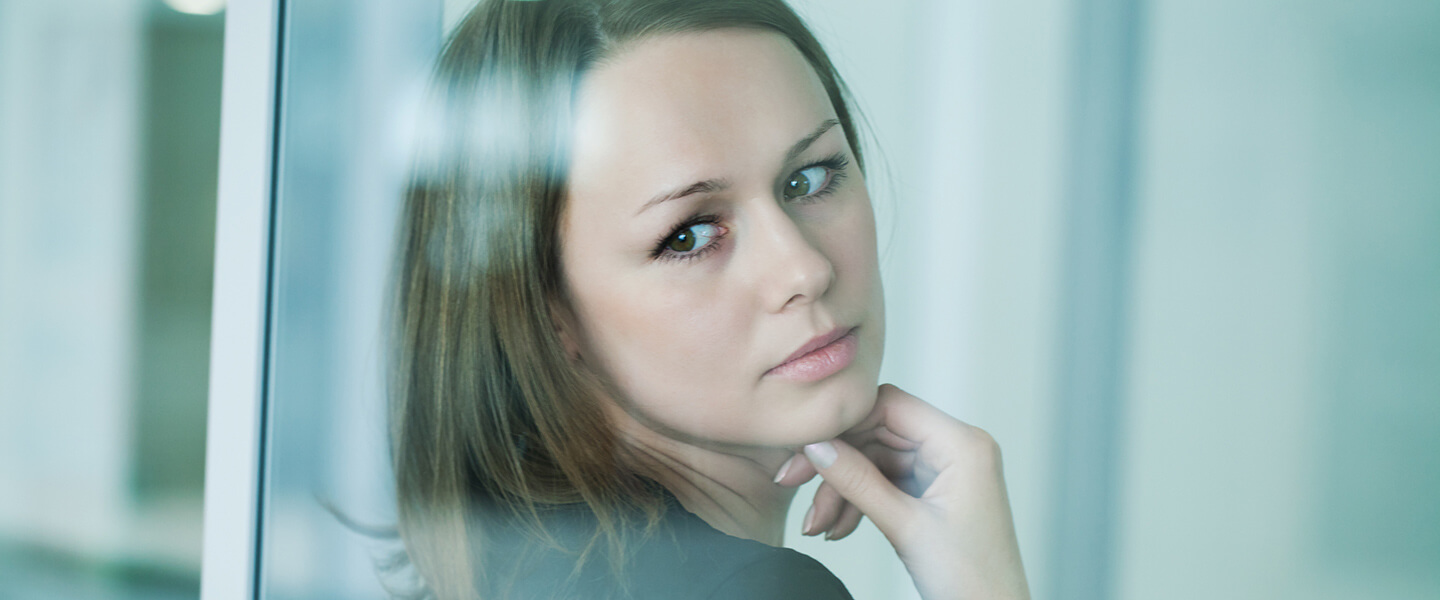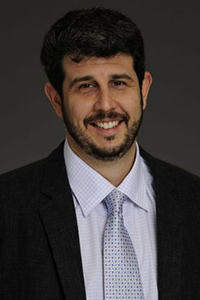More Rapid Form of Brain Stimulation for Resistant Depression Worked as Well as Conventional TMS
More Rapid Form of Brain Stimulation for Resistant Depression Worked as Well as Conventional TMS

Since 2008, when transcranial magnetic stimulation, or TMS, was approved by the U.S. Food and Drug Administration (FDA), it has been available to people whose depression has resisted conventional forms of treatment. In the decade that has passed, the effectiveness of TMS has been confirmed in a number of clinical trials, showing that as many as half of treatment-resistant patients respond to it (i.e., have at least a 50% reduction in symptoms) and up to one-third achieve remission of symptoms with it.
Despite its impressive clinical performance, TMS is not as convenient for patients as drug therapy, a factor that has limited its use, researchers say. Although treatments benefit from coverage by most insurance plans, they must be delivered in the office of a doctor or facility with the required equipment, and they do take time to administer. The current state-of-the-art treatment for depression using repetitive TMS (rTMS) calls for patients to receive stimulation for 37 minutes, through a coil placed on the scalp. The treatment is non-invasive, requires no anesthesia, and does not interfere with the patient’s normal activities before or after treatment. TMS has an excellent safety record, with the main side-effect being headache, which typically fades following treatment.
Yet the duration of each session does impose an upper limit on how many patients can be treated in a single day with a single rTMS device. The entire session takes about 45 minutes per patient. But it may now be feasible to cut this to only 10 or 15 minutes, according to new research conducted by a team led by Daniel M. Blumberger, M.D., a 2010 BBRF Young Investigator at the Centre for Addiction and Mental Health at the University of Toronto.
Dr. Blumberger and colleagues report in The Lancet that they have successfully tested a new form of rTMS called iTBS (intermittent theta burst stimulation) that can deliver stimulation to a brain area affected by depression in only 3 minutes—delivering therapeutic benefits to patients that are just as effective as standard TMS treatments. iTBS is designed to deliver magnetic stimulation at a frequency that is similar to the brain’s natural theta rhythms, one of many types of oscillating patterns generated by the human brain.
The researchers studied about 400 patients aged 18-65, half of whom received conventional rTMS treatments and the other half iTBS treatments. The treatments were given 5 days a week for 4 to 6 weeks to patients in both groups. The same brain area—part of the prefrontal cortex—was targeted by both forms of magnetic stimulation, the only difference being that standard rTMS delivered 3000 pulses per session while iTBS delivered only 600, in about one-twelfth the time.
The iTBS method generated an impressive response rate of 49% and a remission rate of 32% for patients who had failed to be helped by an average of one to two courses of antidepressant drug therapy and/or psychotherapy in their current depressive episode, which averaged over 2 years in duration. These results were just as good as those achieved by patients who received conventional rTMS.
“Broad access to rTMS treatment has been partly limited by the number of patients who can be treated with existing protocols,” the researchers wrote. With iTBS, “the number of patients treated per machine, per day can be tripled or quadrupled by use of iTBS. This could facilitate efforts to accelerate rTMS courses from weeks to days via several daily sessions,” they noted, while “aiding health insurers and governments in implementing wide coverage of rTMS as an increasingly practical intervention for patients with medication-resistant depression.”
Foundation Scientific Council member Zafris Daskalakis, M.D., Ph.D., a 2004 and 2006 BBRF Young Investigator and 2008 Independent Investigator; and Peter Giacobbe, M.D., a 2010 Young Investigator, were among the members of the research team.
If you found this article interesting, you may be interested in this Meet the Scientist Webinar: What’s New with TMS for Depression and Other Brain Diseases



